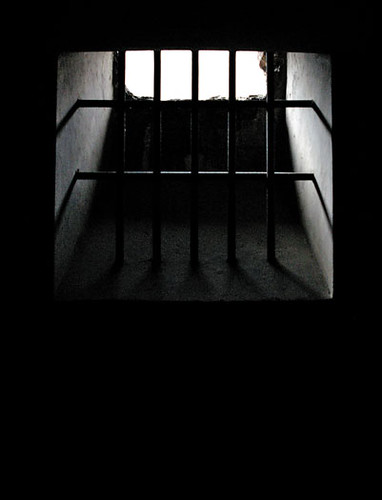While an undergraduate at BYU, I was involved with a book club. As October rolled around the book club president, Jonathan, solicited us to write some horror fiction for Hallowe'en. I've never been one to get into reading or watching horror, but I decided to see if I could come up with something. That month I wrote not one, but six horror stories. But this one was the first. It was inspired by a book my roommate, Michael, had me read.[1] It was written by an LDS man who was claiming that aliens were actually artificial bodies created by evil men for Satan's angels to inhabit. (Let me say right now that this is not mainstream LDS theology.[2]) Read on if you dare! Happy Hallowe'en!
NOTE: I've annotated this story, but I recommend you read it all the way through before reading the notes.
NOTE: I've annotated this story, but I recommend you read it all the way through before reading the notes.












